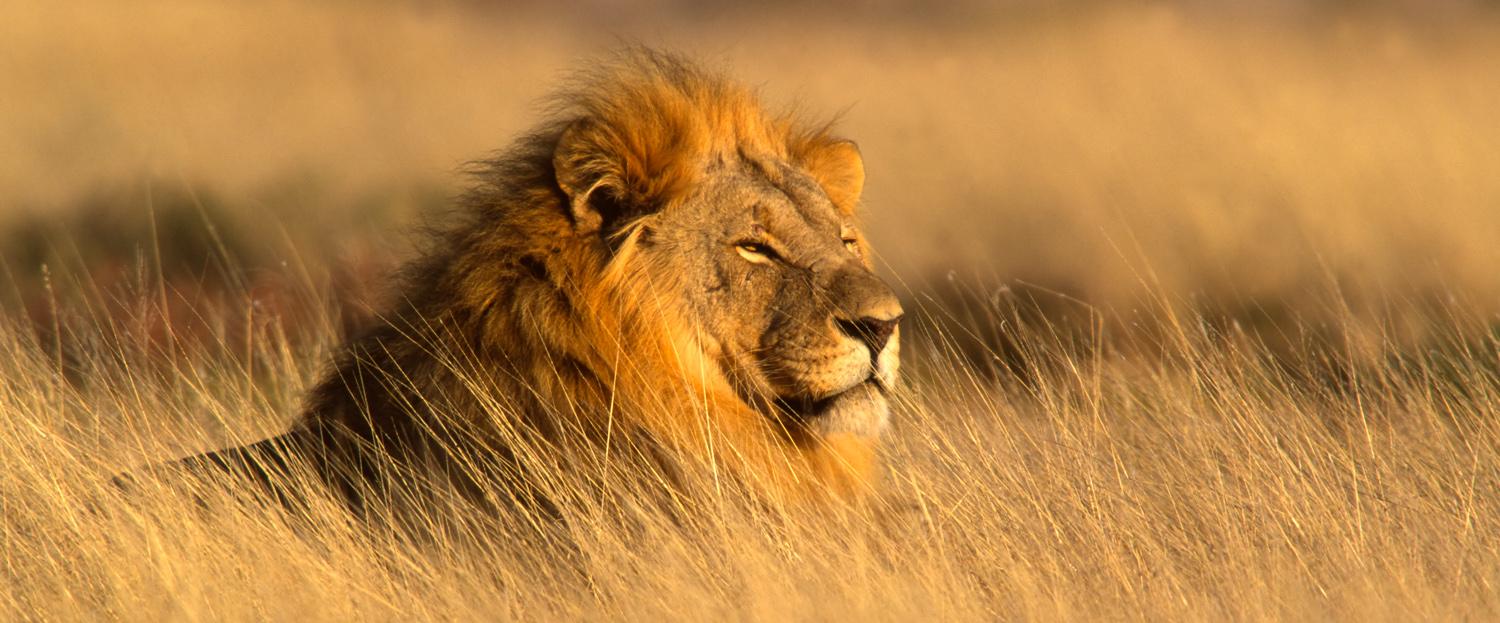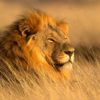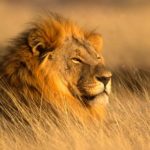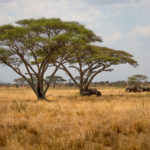
Safari guides are people who give advice to visitors on how to carry themselves on a tour when observing different habitats together with various animals in a park. Notably, these people always wear armor of enthusiasm, passion and have full knowledge about their country since the visitors they usually meet are guests from different countries. Moreover, they are all rounded expertise in the field and have a greater focus on their work as guides. The paper therefore outlines on ways through which one can become a safari guide.

Ways To Consider Towards Becoming A Qualified Safari Guide
 Most at times, game ranging focus on preventing both guests and guides on matters of suffering and also deaths. For instances of snake venom, one has to have a grip of how to prevent this and lead the guests to the less lethal species in case they want to have a look at snakes. In addition, the safari guides ought to be trained on the terrain and landscape of the park so that in case they are to drive the guests around they have full understanding of the danger zones.
Most at times, game ranging focus on preventing both guests and guides on matters of suffering and also deaths. For instances of snake venom, one has to have a grip of how to prevent this and lead the guests to the less lethal species in case they want to have a look at snakes. In addition, the safari guides ought to be trained on the terrain and landscape of the park so that in case they are to drive the guests around they have full understanding of the danger zones.
Understanding any animal’s behavior is so much critical to any safari guide, this is determined on the direction of the wind. For the latter, a guide is able to understand on the type of animals present during the changes in wind direction. Other important factors to consider when identifying the type of animal behavior include: Comfort of the guest, sun, elevation, cover and escape routes. Nonetheless, an animal can play exactly same guides roles especially when the couple of guests excuse themselves to answer questions on call of nature. Upon their return, the facilities already get invaded by animals thus they get into a safer position to watch and take pictures of them.
The safari guides are taught to live in the bush as their home as the wild place is full of death and life as a daily occurrence. Monitoring and keeping an eye on an injured animal or sick one is key. In general, the guides are left to mother the nature and block any form of man intrusion to the later. They are therefore taught on ways to defend themselves and their guests in case of any aggressive animal or even poachers.
 Knowing that the middle finger is 8 cm long, which gives a rough estimate of the length of either a porcupine or a Warthog’s track. Animals’ body and length can be confirmed by the distance between the hoof prints. For example, an elephant first places down its heel creating a compacted track to mark the travel direction. Several other animals have unique track marking behaviors which can only be identified with key observations.
Knowing that the middle finger is 8 cm long, which gives a rough estimate of the length of either a porcupine or a Warthog’s track. Animals’ body and length can be confirmed by the distance between the hoof prints. For example, an elephant first places down its heel creating a compacted track to mark the travel direction. Several other animals have unique track marking behaviors which can only be identified with key observations.
Moreover, there’s more to be done for the tour guides that sometimes really drain them, they should have insights of unblocking drains, painting and also fixing worn out tires.
Sometimes the guests need to be entertained after having had a close watch at the bigger animals for the past few hours. Ensure that one knows all arthropods present in a park, like spinning a wasp fig into a little bit of drama close to a game of thrones.
Drawn from part of the discussion, for many of the safari guides, the biggest challenge to them is the anticipation that every guest has in mind whenever they tour any place of their interest. Furthermore belittling the guest scope of getting inspiration of the little insects, birds and grasses is daunting a task to most safari guides. This is because every visitor that travels worldwide has a big five mind.



 And for those who want to become safari guides there can simply be no more wonderful place to enjoy the grandeur of nature as in the distant past.
And for those who want to become safari guides there can simply be no more wonderful place to enjoy the grandeur of nature as in the distant past. The sheer variety of the functions that a safari guide will fulfill for guests does keep the job fresh and interesting. Imagine if you will a week with a select group of guests where one is called upon to be a teacher, a mentor, a friend, a teller of tails, a cook and a guide. For those who love people and the bush this comes just about as close to being the perfect job as is possible.
The sheer variety of the functions that a safari guide will fulfill for guests does keep the job fresh and interesting. Imagine if you will a week with a select group of guests where one is called upon to be a teacher, a mentor, a friend, a teller of tails, a cook and a guide. For those who love people and the bush this comes just about as close to being the perfect job as is possible.













Recent Comments